Mazda 787B is a glorious, improbable act of engineering defiance —a four-rotor crescendo at Le Mans that said, “You don’t need pistons to win“.
It’s 1991: the world’s top-tier manufacturers—Mercedes, Jaguar, Porsche—strut into Le Mans with their high-dollar, piston‑sacrificing warhorses. Enter Mazda, the plucky underdog, brandishing a bright orange-and‑green Group C prototype that looked like it tumbled out of a LEGO box but drove like a rocket-powered poetry slam.
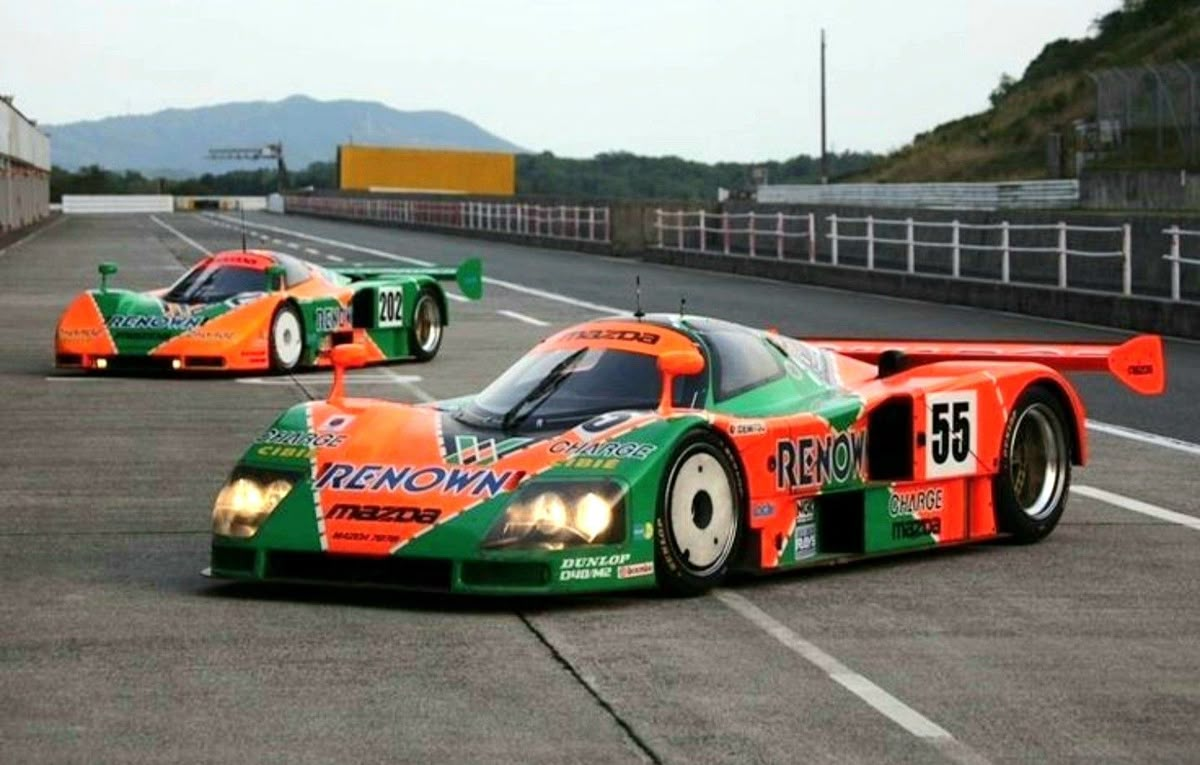
Now, imagine Nigel Stroud—and yes, the name feels ceremonially British—taking the old 767 and stuffing it full of a Wankel rotary engine, the R26B. This wasn’t just any rotary: four rotors, peripheral porting, ceramic apex seals, variable-length, telescopic intake trumpets—completely bonkers engineering wizardry from Mazdaspeed’s braintrust. Their goal? Torque where it counts. Reliability where it matters. “It’s like teaching a hamster to pilot a plane—it works, against all logic.”
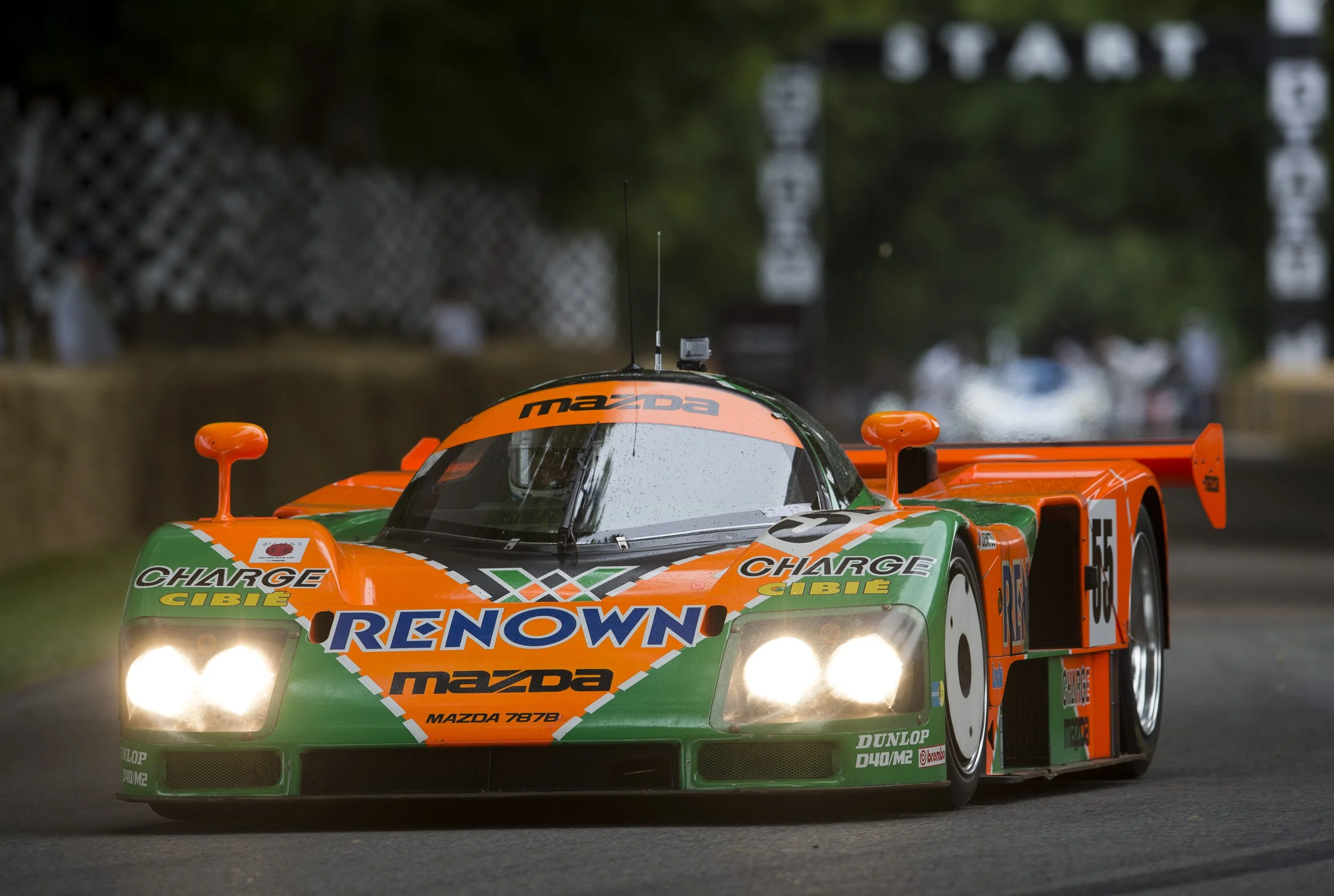
To guide Mazda’s mad plan, they borrowed wisdom from Jacky Ickx, the man who could win Le Mans in his sleep. With Ickx’s hand on the tiller, Mazda snuck through the rulebook—ending up way below the weight limit at a featherlight 830 kg, hanging with the big boys but staying spry.
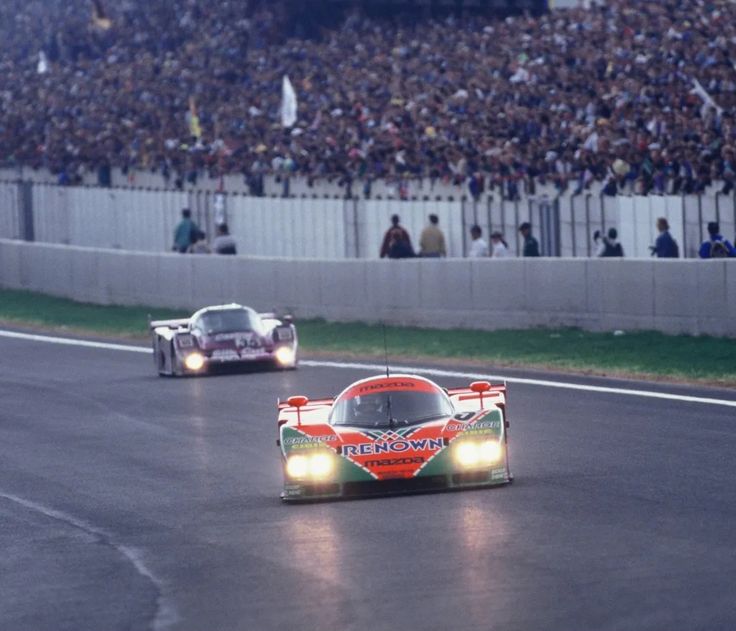
Le Mans 1991: the No. 55 car, driven by Johnny Herbert, Volker Weidler, and Bertrand Gachot, lines up a lowly 19th, resplendent in Renown livery. Yet when the C11 Mercs and Jaguars start collapsing from mechanical malaise, Mazda simply… keeps going. “It’s like a stubborn old mule outlasting a gaggle of show ponies.”

They complete 362 laps, smash the previous distance record, and haul in the victory—marking the first-ever Le Mans win for a Japanese marque and the only victory for a non‑reciprocating (rotary) engine—a feat that may never be repeated.
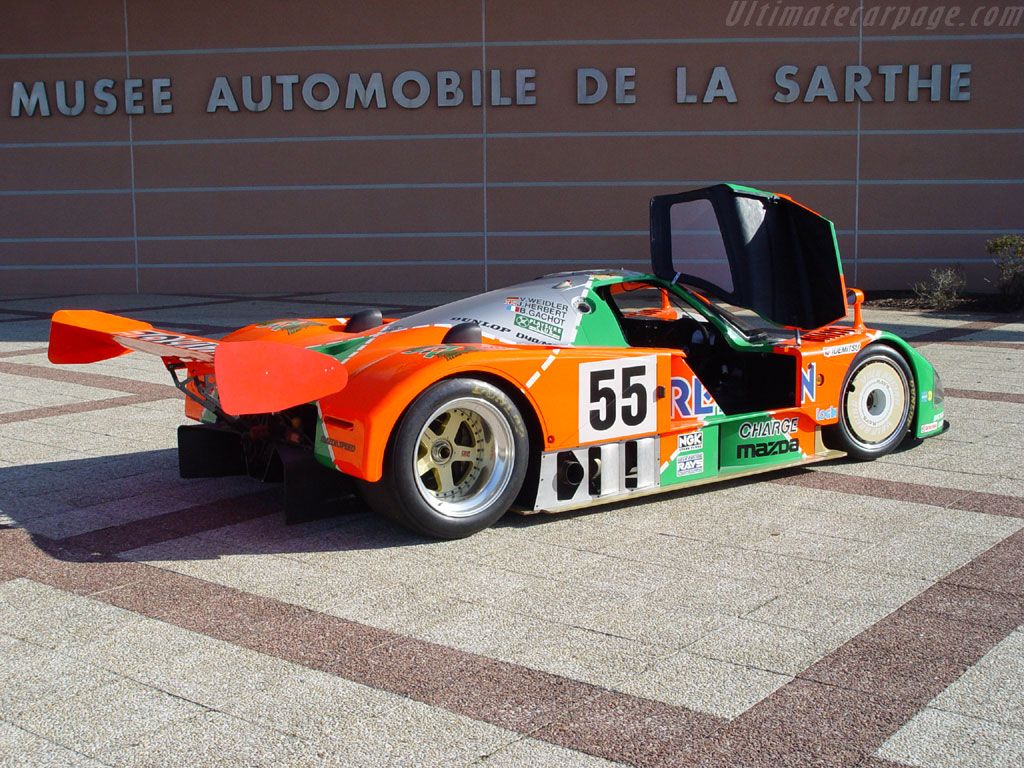

Here’s the insane statistical kicker: during the entire pursuit, the winning car only needed one brake change, a wheel‑bearing check, and, admittedly, Johnny Herbert ate dodgy spaghetti that almost cost him the podium walk (he was too dehydrated to stand).

After the champagne dried, Mazda retired the beast to the museum in Hiroshima—like a samurai resting his sword—where it remains fully functional, a gleaming testament to the “Aki naki chosen” spirit—roughly translated as “never stop challenging.”

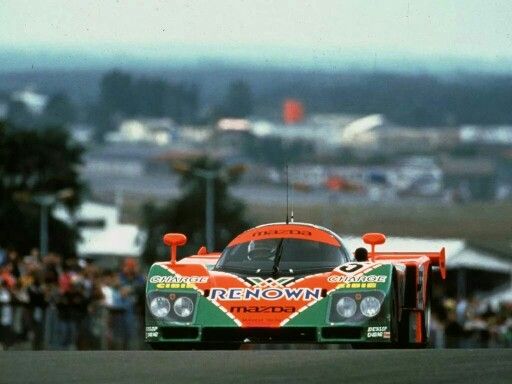
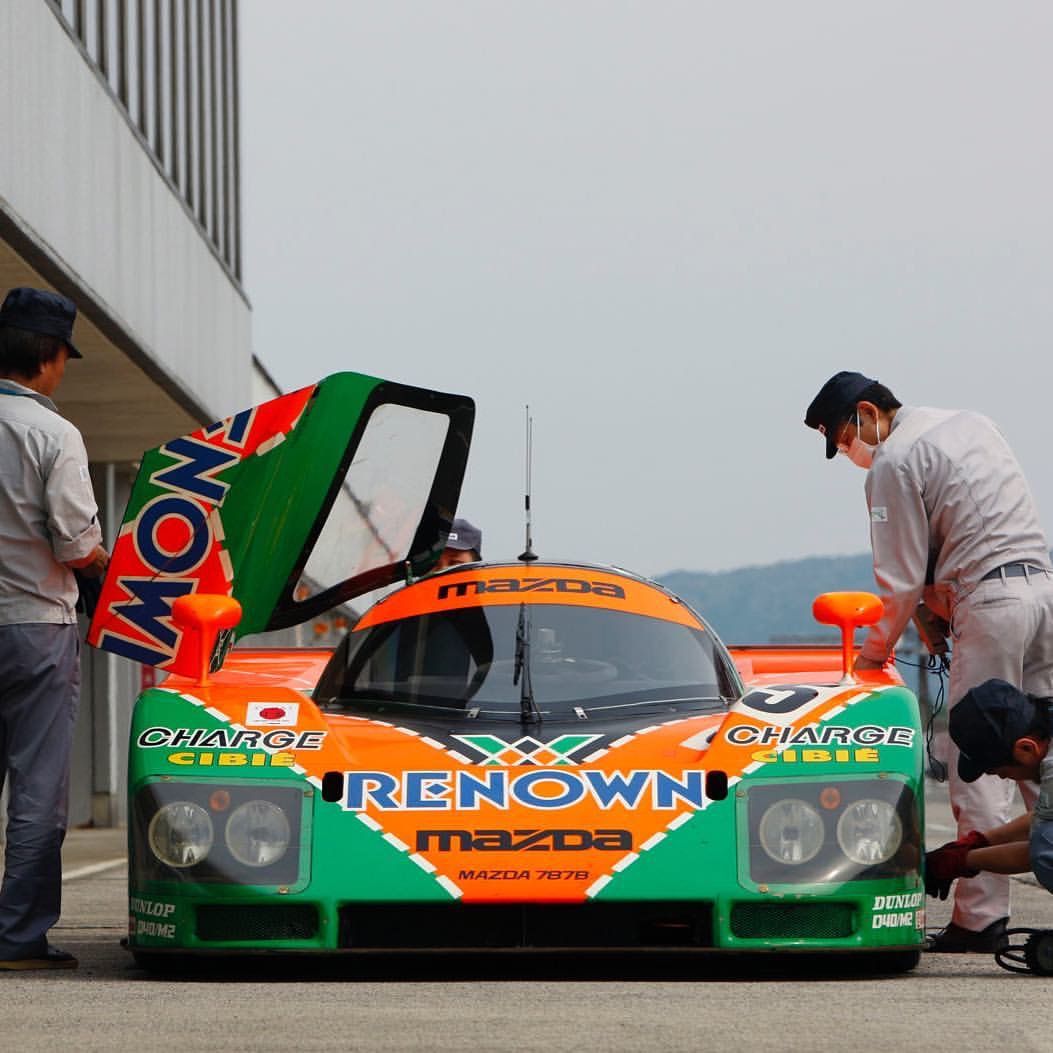
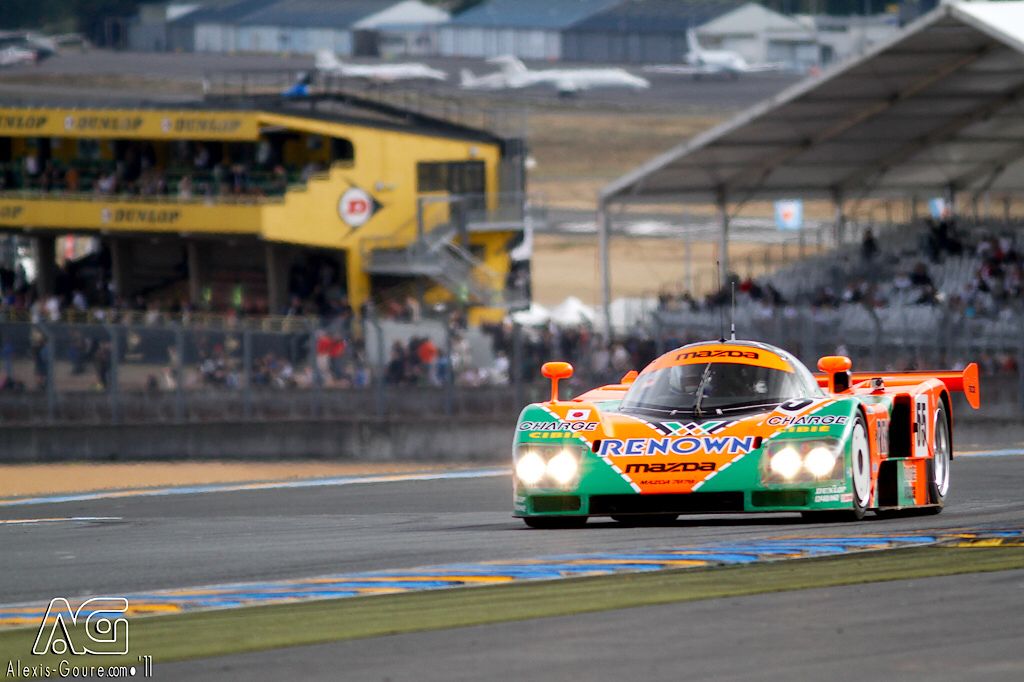
The engineers who toiled in obscurity suddenly became legends. Herbert went on to win in Formula 1. Gachot’s seat famously gave Michael Schumacher his break. Weidler quietly bowed out thanks to tinnitus. The car itself became the muse—it pops up in Gran Turismo, Forza, Assetto Corsa—the gamer’s four-rotor dream.

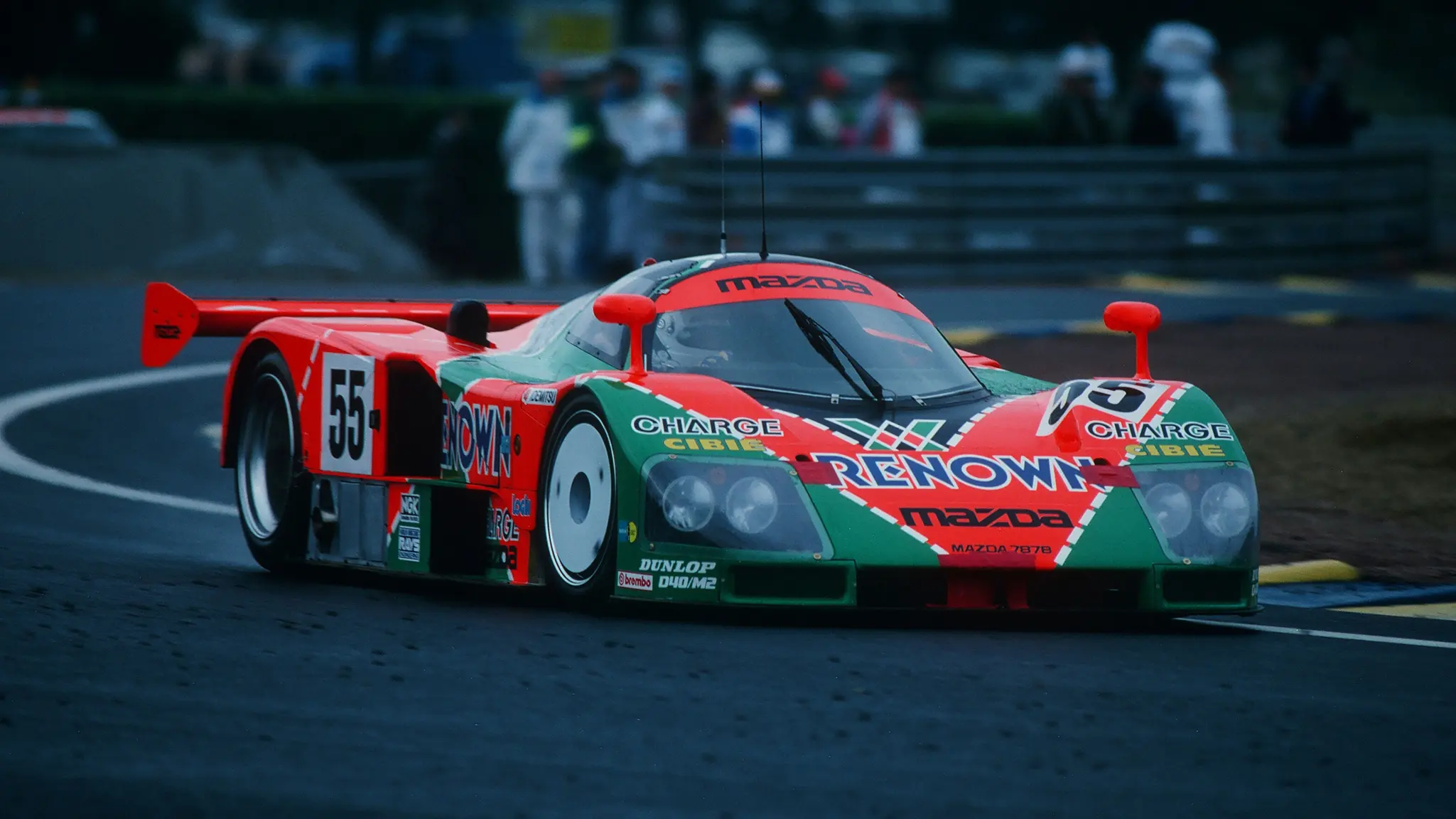


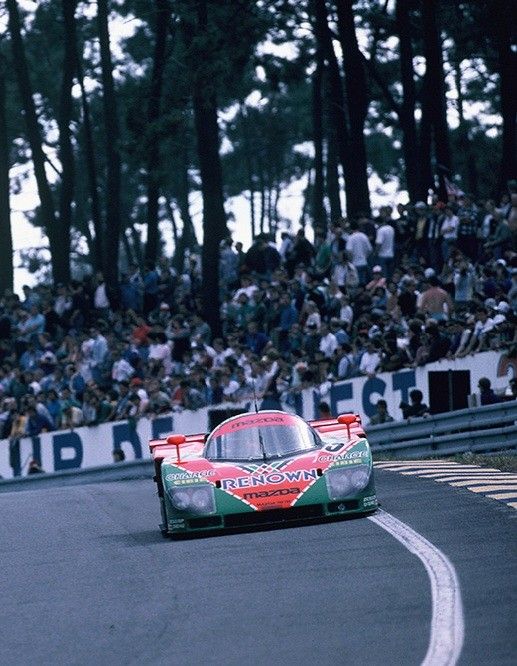
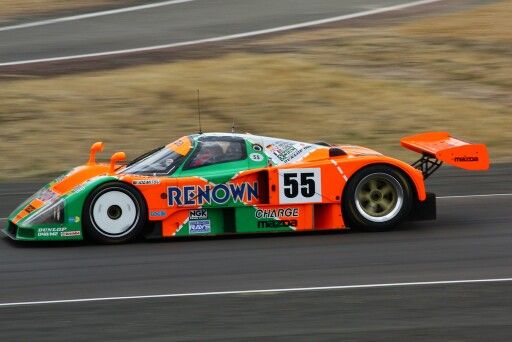

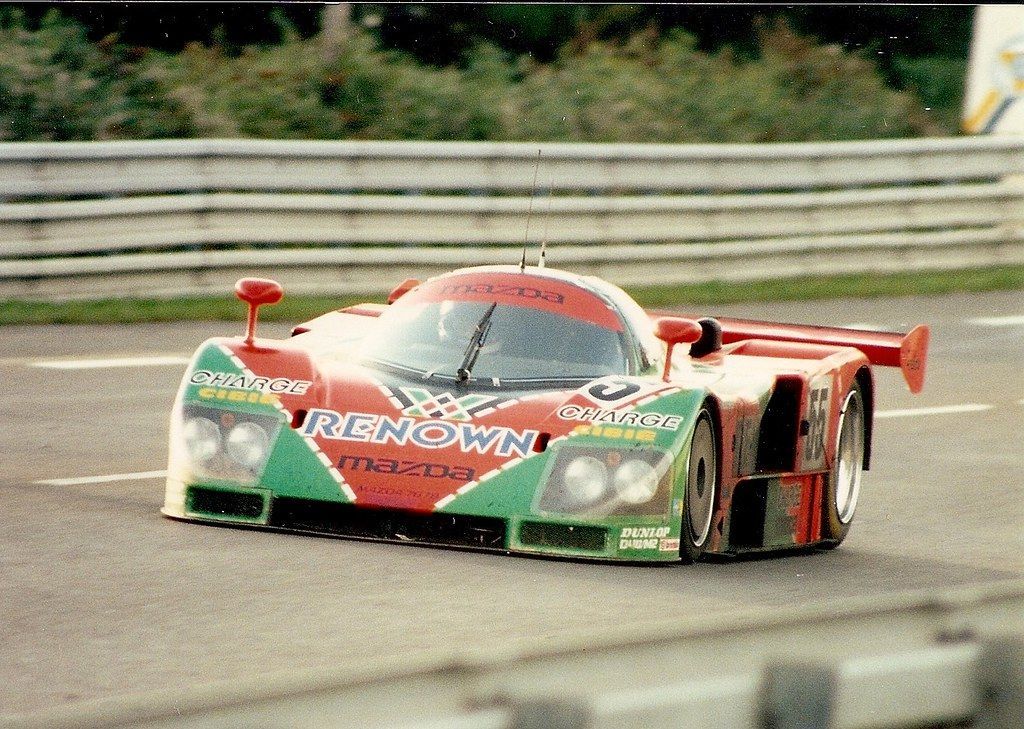
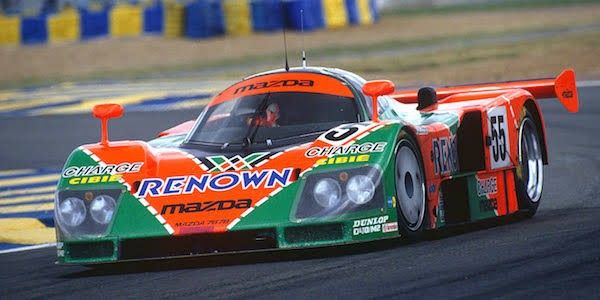
The Mazda 787B is not just a race car. It’s a glorious, improbable act of engineering defiance —a four-rotor crescendo at Le Mans that said, “You don’t need pistons to win.”

-